Discover the perfect bedtime buddies that will transform your baby's nights into peaceful slumbers.
Being a parent means making countless decisions especially when it comes to ensuring your little one sleeps like a champ.
Let's take a closer look at the two well-loved ways that are all about creating a cozy and safe sleep setting for your baby.
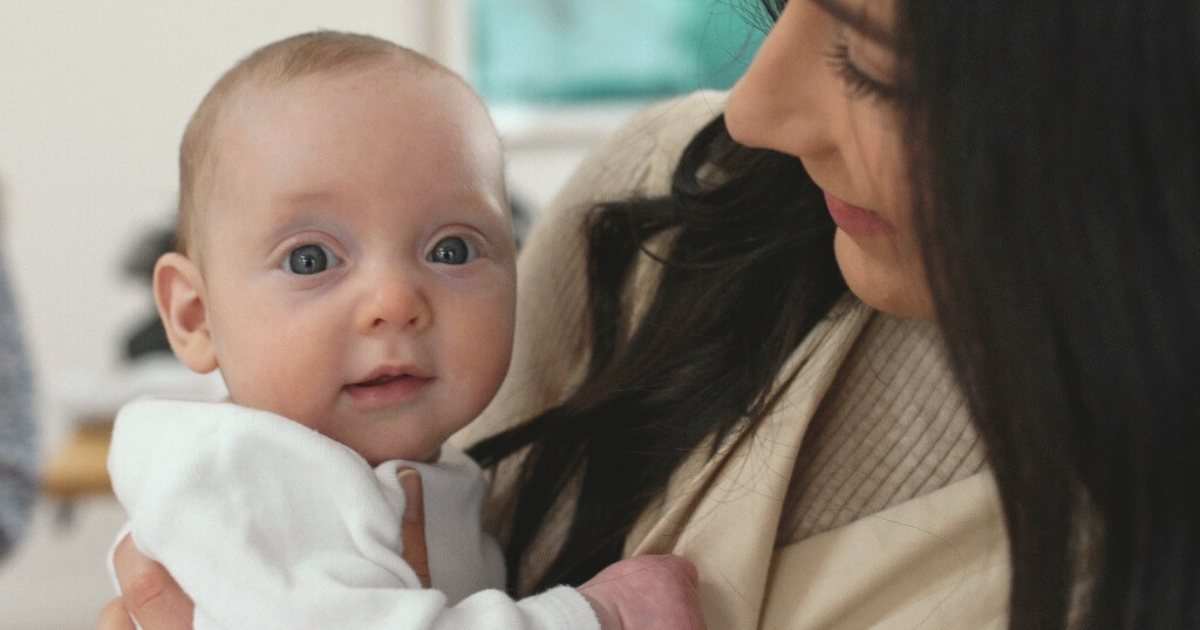
Decoding your Newborn's Sleep Patterns
According to valuable insights from betterhealth.vic.gov.au, newborns spend an impressive 12 to 16 hours sleeping in a 24-hour period. This extensive duration of sleep plays an essential role in fostering their growth and development. It's during these precious moments of rest that their little bodies develop and their minds process the countless new experiences they encounter every day.
Newborns sleep in brief cycles, which typically range from 20 to 50 minutes in length. These sleep cycles are considerably shorter than those of adults. Understanding these cycles can be helpful, as it allows you to anticipate when your baby might wake up and need attention.
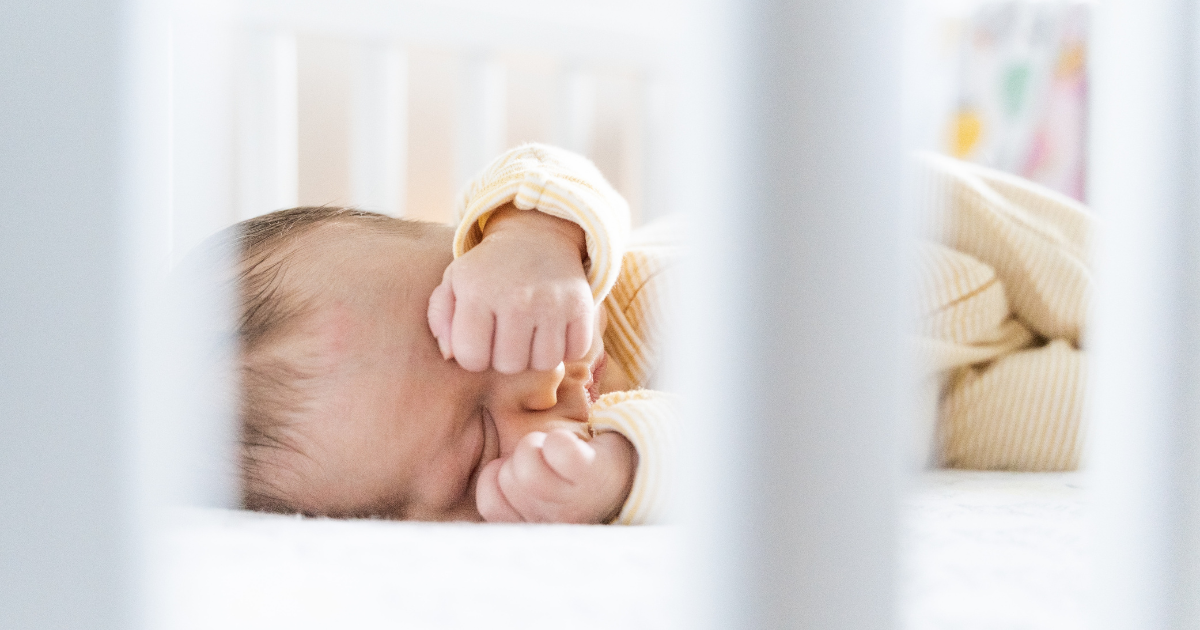
Essential Factors for Peaceful Nights
Every baby is unique, and it may take some trial and error to find the sleep routine and environment that works best for your little one. To create the ideal sleep environment, consider the following factors:
Safe Sleep Space: Place your baby in an approved crib or bassinet with a firm mattress and a well-fitted sheet. Avoid using pillows, bumper pads, blankets, or stuffed animals in the crib, as these could pose suffocation hazards.
Appropriate Bedding: Choose appropriate sleepwear, such as sleep sacks or wearable blankets, to keep your baby warm without the need for loose blankets. Make sure the sleepwear is suitable for the room temperature and your baby's age.
Dark and Quiet Environment: Create a dark and quiet sleep space for your baby. Use blackout curtains to block out light and minimize noise disturbances.
White Noise or Sound Machine: White noise or gentle lullabies can help drown out background noises and create a soothing atmosphere for sleep. Ensure the volume is at a safe and comfortable level.
Safe Sleeping Position: Ensure your baby's head is free from obstructions. Make sure there are no cords, straps, or strings near the sleeping area.
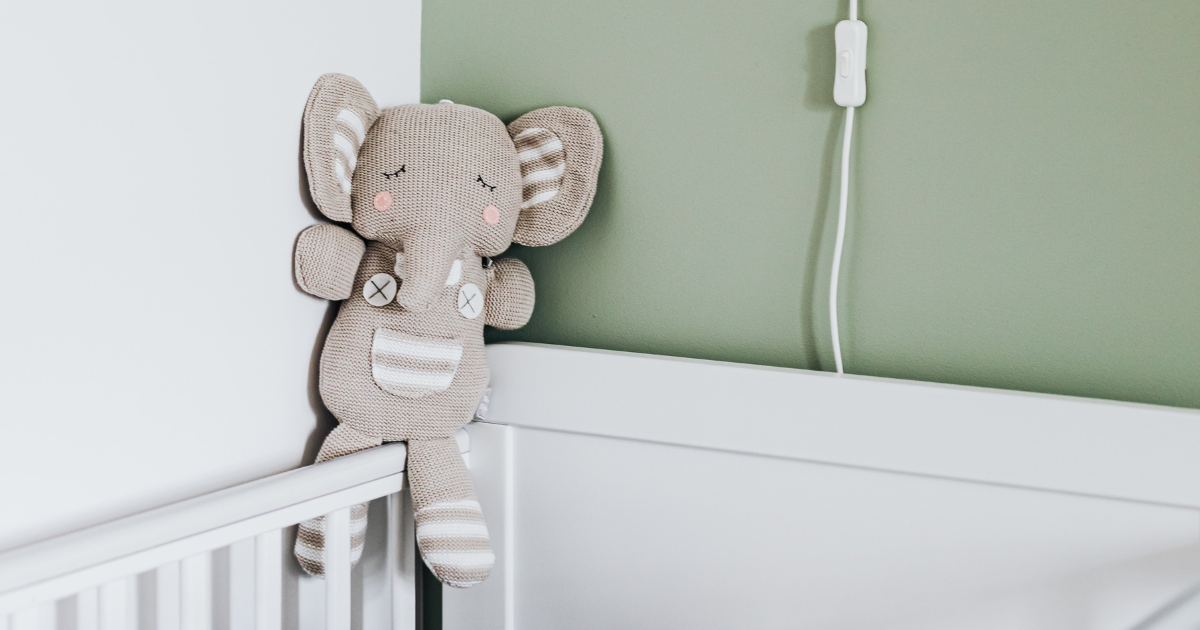
Unwrapping the Benefits of Swaddling
Swaddling is the practice of securely wrapping a baby in a blanket or piece of fabric to prevent it from moving its limbs. The baby's head usually remains exposed while the arms, legs, and body are often covered by the wrap.

Advantages:
Better Sleep: Swaddling can help babies sleep more soundly by preventing their moro reflex from waking them up. This can lead to longer and more restful sleep for both the baby and the parents.
Calming Effect: Many babies find swaddling soothing and comforting. It can help reduce fussiness and colic symptoms, making it easier for babies to settle down.
Security: Swaddling provides a snug, womb-like feeling that some infants find reassuring. It can make the transition from the womb to the outside world smoother.
Thermal Regulation: Swaddling can help regulate a baby's body temperature by preventing heat loss, especially in cooler environments.
Ease of Holding: Swaddled babies are often easier to hold and carry, making it more convenient for parents and caregivers.
Disadvantages:
Limitation of Movement: Swaddling restricts the baby's arm and leg movement. While this can prevent the startle reflex, it may also inhibit healthy physical development and mobility.
Transition Challenges: As babies grow and develop, they will eventually need to transition out of swaddling to maintain safe sleep practices. This transition can be challenging and may disrupt sleep patterns.
Risk of Rolling Over: Once a baby can roll over, usually around 4 to 6 months of age, swaddling becomes unsafe, as it can impede their ability to roll back over if they become trapped facedown.
Choosing the Perfect Swaddle: Your Guide to Safe and Snug Sleep
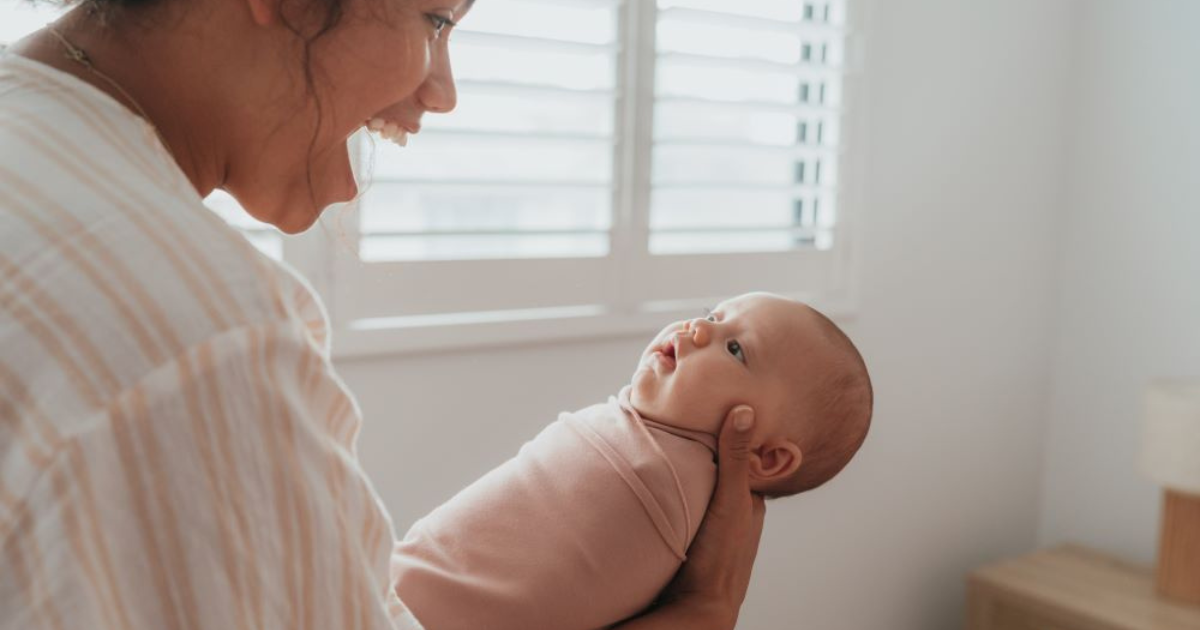
When it comes to swaddling your baby, it's all about finding that sweet spot – snug enough to provide comfort and security. The first step? Select a swaddle blanket that's not just soft but also designed for the job. Remember to keep the nursery at a cozy temperature to prevent overheating, and keep an eagle eye out for any signs of discomfort like excessive warmth or sweat.
If you're not quite sure about your swaddling technique, don't hesitate to ask a healthcare provider or nurse for guidance, or check out online tutorials for step-by-step instructions. As your little one starts showing signs of rolling over, whether it's from back to front or the other way around, it's time to bid goodbye to swaddling. Those rollovers are crucial developmental milestones, and continuing to swaddle can hinder their progress and pose a risk if they happen to roll onto their tummy while swaddled.
Understanding Baby Sleeping Bags
Baby sleeping bags, also known as sleep sacks, are a safe sleep alternative that provides a cocoon-like environment for your baby. They come in various designs and styles, offering both warmth and security. When selecting the best sleeping bag for your child's room, consider factors such as the tog rating, room thermometer, and thermal overall grade.
-
Tog Rating: Tog stands for "thermal overall grade," and it measures the warmth level of a sleeping bag. Higher tog ratings are suitable for cooler rooms, while lower tog ratings are ideal for warmer environments. It's crucial to match the tog rating with your child's room temperature to ensure they are neither too hot nor too cold while sleeping.
-
Room Thermometer: A free room thermometer is a helpful tool to determine the temperature in your child's room accurately. It allows you to choose the appropriate sleeping bag tog rating for a comfortable and safe sleep environment.
-
Two-Way Zipper: Many sleeping bags come with a two-way zipper, making it easy to perform nappy changes without fully waking your little one. This feature can be a lifesaver during those late-night diaper swaps.
The Pros and Cons of Wearable Sleeping Bags
A sleep sack also known as a baby sleeping bag is a wearable garment that replaces the need for loose blankets or sheets in a crib, or a bassinet.
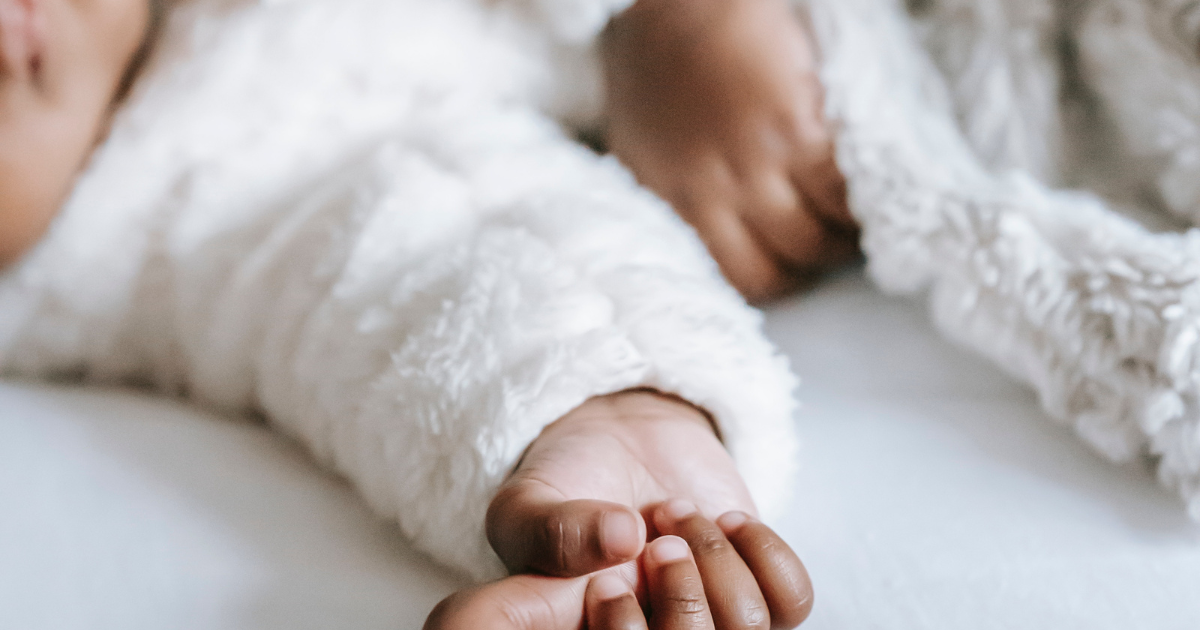
Pros:
Ease of Use: Wearable baby sleeping bags are easy for parents to put on and take off. This convenience is particularly valuable during nighttime diaper changes, as there's no need to unwrap and rewrap the baby. It is like a sleeping bag with holes for the baby's arms and a zipper or snaps for easy access and closure.
Mobility: Many baby sleeping bags are designed with room for leg movement, allowing babies to kick their legs and move around while still staying covered and warm. This can be important for healthy hip development.
Comfort and Warmth: Sleep sacks keep the baby warm without needing loose blankets, reducing the risk of suffocation and Sudden Infant Death Syndrome (SIDS). It also comes in various sizes and thicknesses to accommodate different seasons and room temperatures.
Transition Aid: A wearable baby sleeping bag can serve as a transitional tool when transitioning from swaddling to traditional sleeping. They provide a snug feeling without restricting arm movement. They are suitable for babies who have outgrown swaddling or for parents who prefer not to swaddle their babies.
Disadvantages of using Sleep sacks:
Limited Size Range: Sleeping sacks come in various sizes to accommodate different age ranges, so parents may need to purchase multiple sizes as their baby grows.
Cost: Quality sleeping sacks can be relatively expensive compared to traditional blankets. Buying multiple sizes as your baby grows can add up.
Preference: Some babies may not enjoy the feeling of being in a sleeping sack, and they may prefer the freedom of movement provided by traditional blankets once they are older.
Temperature Control: The temperature regulation provided by sleeping sacks may not always match the baby's needs, as it depends on the thickness and material of the sack. Parents must monitor room temperature and dress their baby accordingly.
Types of Wearable Sleeping Sacks
Wearable sleeping sacks or sleeping bags for newborn babies come in various types, each designed to meet different needs and preferences.
Here are some of the common types of sleeping sacks:
Traditional Sleeping Sacks: These are sleeveless wearable blankets with openings for the baby's arms, and they zip up the front. They provide warmth without the need for loose blankets.
Muslin Sleep Sacks: Made from lightweight, breathable muslin fabric, these sacks are suitable for warm weather. They keep the baby covered without overheating.
Winter Sleeping Bags: These are heavily insulated sleep sacks designed for extreme cold weather conditions, ensuring the baby stays warm and comfortable.
Organic Cotton Sleep Sacks: Made from organic cotton, these sleep sacks are chemical-free and gentle on a baby's sensitive skin, making them a popular choice among eco-conscious parents.
What is a Cocoon Swaddle Bag?
A Cocoon Swaddle Bag is a type of baby sleepwear designed to provide a secure and snug sleeping environment for newborns and infants. It combines the benefits of traditional swaddling with the convenience of a sleep sack, making it a popular choice among parents.
Key features of a Cocoon Swaddle Bag typically include:
Zipper Closure: Cocoon Swaddle Bags typically have a zipper closure, making it easy to secure the baby comfortably inside. The zipper ensures that the swaddle stays in place throughout the night.
Roomy Leg Area: Unlike traditional swaddling, which tightly wraps the baby's legs, a Cocoon Swaddle Bag usually allows for more room around the baby's hips and legs. This provides ample space for healthy hip development.
Transitioning: Some Cocoon Swaddle Bags are designed with the option to transition from swaddling to a more arms-free sleep sack as the baby grows and shows signs of increased mobility.
Age and Development Milestones
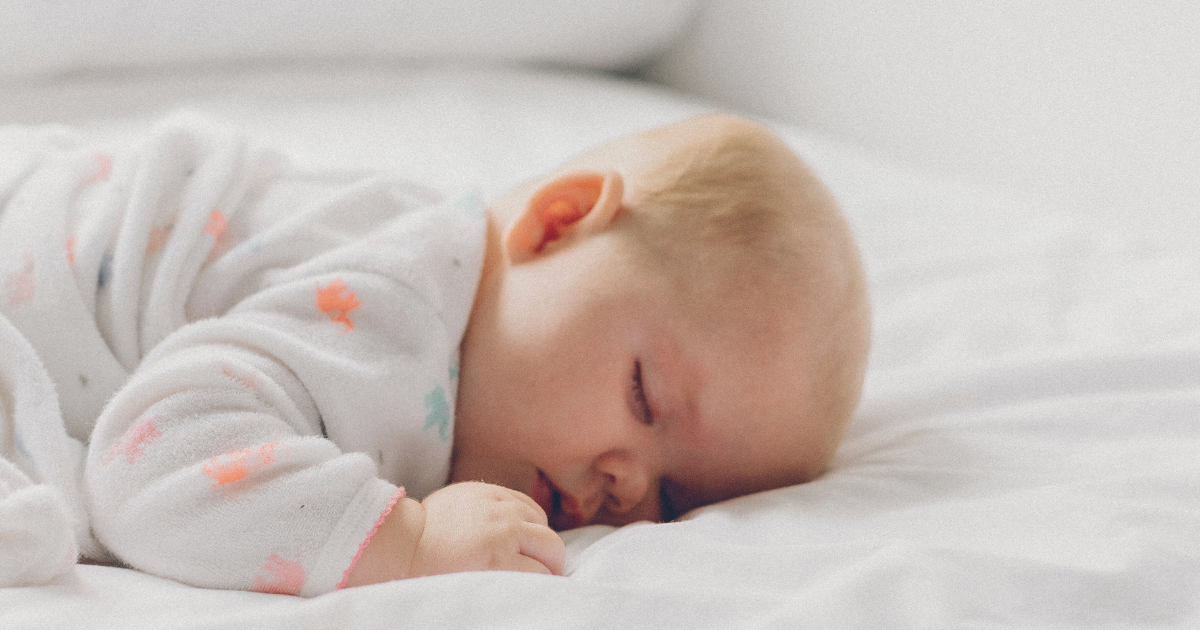
The age and developmental stage of your baby play a significant role in determining whether a sleep sack or a swaddle is more appropriate:
-
For Newborns: Swaddling is often recommended for newborns, as it provides them with the snug, secure feeling they experienced in the womb. The first two months of a baby's life, known as the newborn phase, are when swaddling is most commonly used.
-
As They Grow: Once your baby starts showing signs of rolling over, swaddling should be discontinued to prevent any safety risks. Rolling is a significant milestone, and swaddling can hinder their ability to roll back over or increase the risk of suffocation if they roll onto their stomach while swaddling. This is when sleep sacks become a safer alternative.
Frequently Asked Questions: Essential Information to Understand
What is TOG rated?
TOG rating is a measure of a fabric's thermal resistance, indicating how effectively it insulates against cold or heat. It helps parents choose the appropriate sleepwear based on room temperature. A higher TOG rating signifies greater warmth, suitable for cooler environments, while a lower TOG rating is ideal for warmer conditions.
Are sleeping sack and sleeping suit the same?
No, sleeping sacks and sleeping suits are not the same. Sleeping sacks are sleeveless, one-piece garments designed to keep a baby warm while allowing freedom of movement for the legs. In contrast, sleeping suits cover both the arms and legs, providing full-body coverage. The choice between them depends on your baby's comfort, room temperature, and age.
Are sleeping sacks advisable for older babies?
Yes, sleeping sacks can be suitable for older babies, depending on their mobility and preferences. Many sleeping sacks are designed to accommodate a range of ages and sizes, ensuring a snug yet comfortable fit. As babies grow and become more mobile, sleeping sacks provide a safe alternative to loose blankets and bedding
The Ultimate Decision: Combining the Best of Both Worlds
The answer isn't one-size-fits-all. Some parents opt for a combination approach. They start with swaddling during the early months when the startle reflex is most prominent and then transition to sleep sacks as their baby becomes more active.
Above all, remember that safety should be your top priority. Always follow safe sleep guidelines that meet Australian Safety Standards. These guidelines emphasize placing your baby on their back to sleep, using a firm and flat sleep surface, and avoiding soft bedding or toys in the crib.
Consulting with your pediatrician can also provide valuable insights into what's best for your baby's age and developmental stage. They can offer personalized guidance to ensure your little one gets the best night's sleep possible.
In conclusion, the choice between sleep sacks and swaddles ultimately comes down to what works best for your baby and your family. Both options have their perks, and you can even switch between them as your baby grows. Just be sure to prioritize safety, and you'll be well on your way to creating a cozy and secure sleep environment for your precious bundle of joy. Sweet dreams, little one!
Why Choose BlankyDink by BabyDink?
✅ Unparalleled Security: With BlankyDink, your baby is safely tucked under the cross-over straps, ensuring they stay in place, and you can easily check on them at any time. No more constantly readjusting or worrying about your baby's comfort.
✅ Customizable Comfort: Our elasticized hip band is secured with velcro, providing optimal support and allowing for quick and easy adjustments. You can trust that your baby will be in the perfect position for their utmost comfort.
✅ Hip-Healthy Design: BlankyDink is proud to be recognized as a Hip-Healthy Product by the International Hip Dysplasia Institute. This means we prioritize the healthy development of your baby's hips during their crucial first six months of life.
✅ Versatile and Flexible: BlankyDink lets you choose whether your baby's feet and legs are in or out of the carrier, giving you the flexibility you need to accommodate your baby's preferences. Plus, BlankyDink ensures that your baby's knees are higher than their hips, following the recommended M-position for optimal hip development.
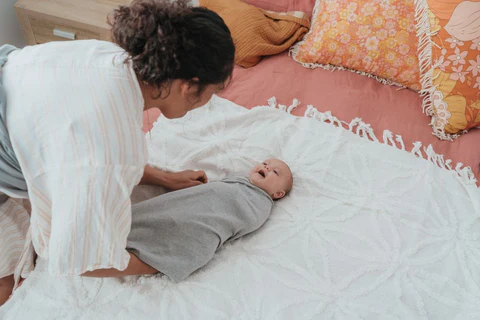
Join countless parents and caregivers who trust BlankyDink to provide the safe and secure embrace their newborns deserve.
Visit our website to learn more: www.babydink.com/blankydink
References:
Lewis, J. (2023). Safe sleeping practices in childcare. Retrieved from www.careforkids.com.au
Safe wrapping or swaddling, when to stop, and how to select a safe sleep bag. Red Nose Australia. (2023, March 14). www.rednose.org.au/article
Better Health Channel. (2023, March 27). Typical Sleep Behaviour in Infants Aged 0-3 Months. Better Health Victoria. www.betterhealth.vic.gov.au/heal


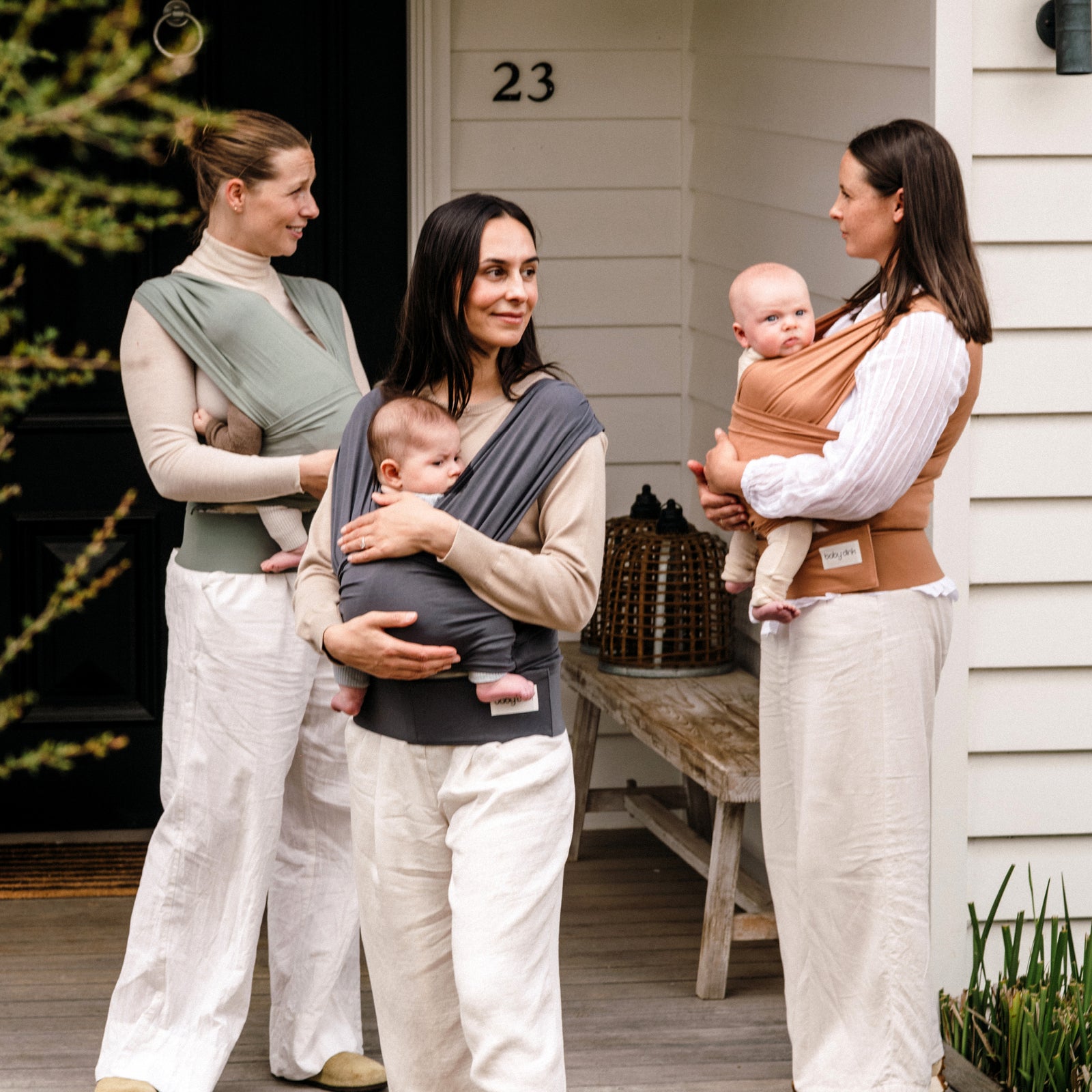

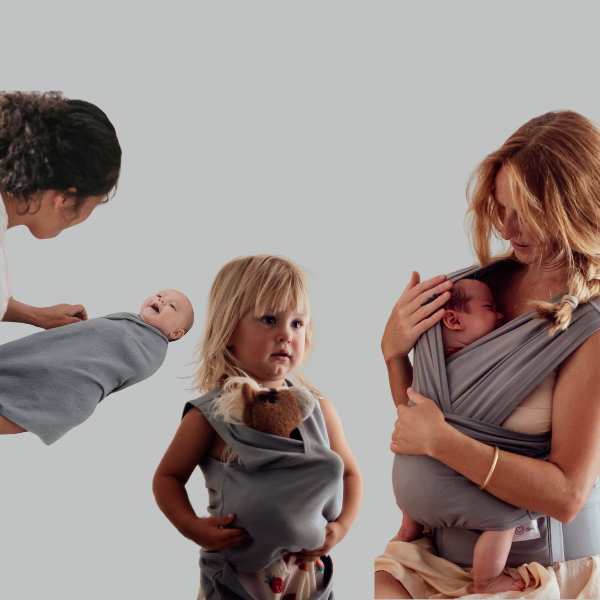


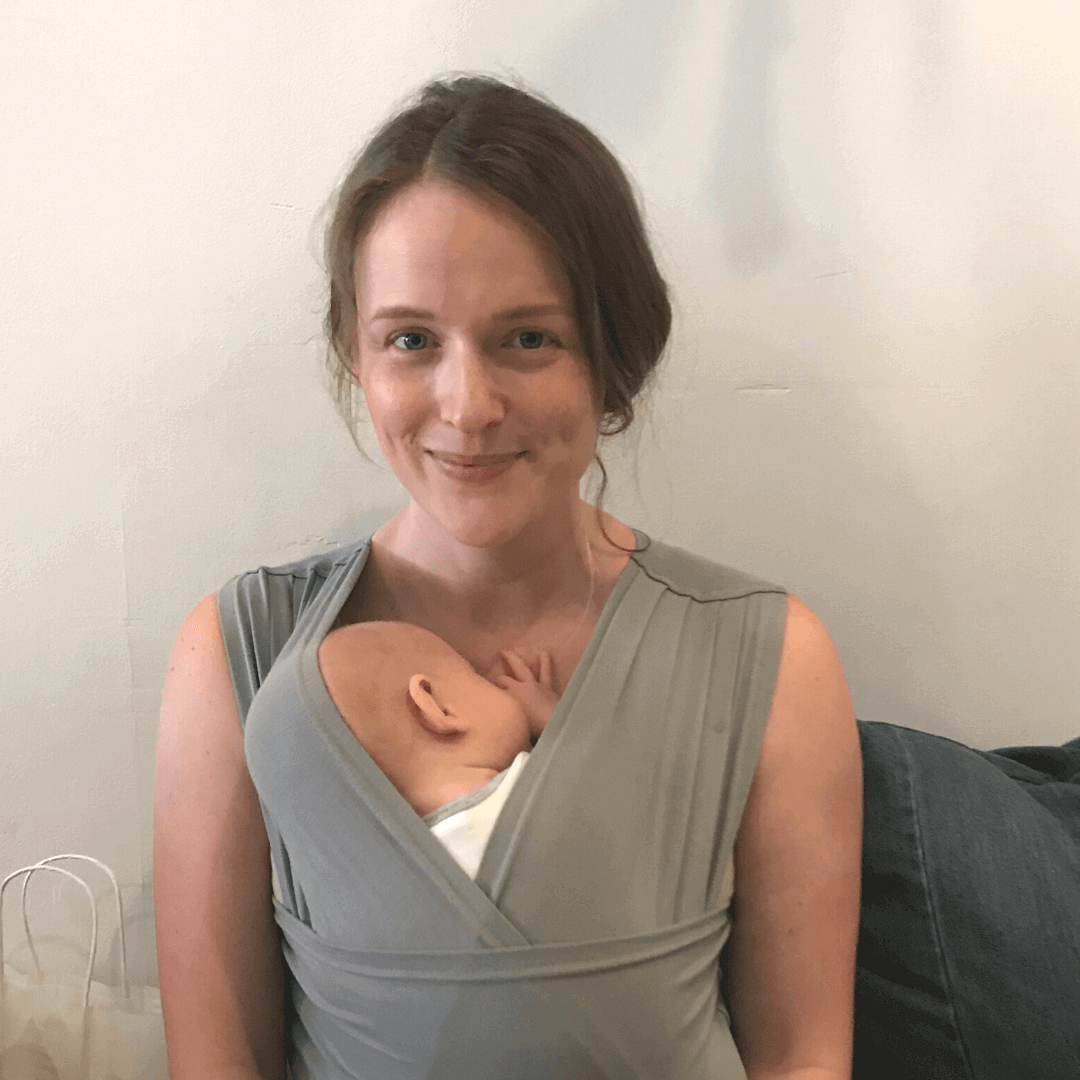
Leave a comment (all fields required)